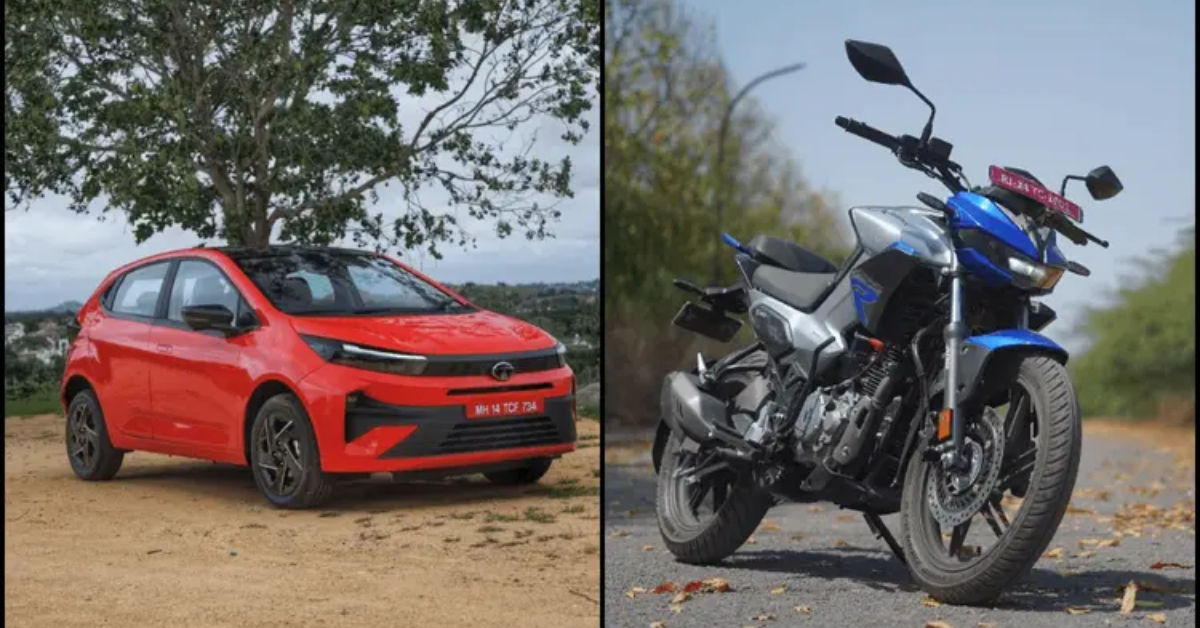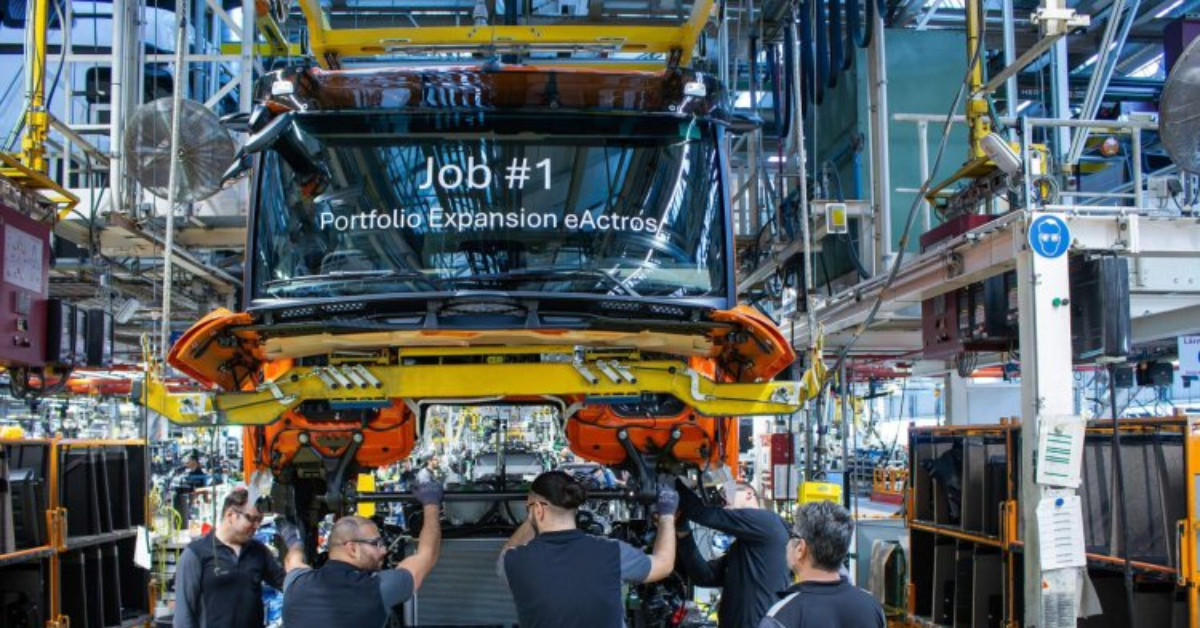Diwali, the festival of lights, is not only a time of celebrations but also a season when Indians love to make new purchases—especially automobiles. From cars to two-wheelers, festive offers usually bring a wave of demand in the auto sector. This year, however, the buzz is even stronger. The government is reportedly considering a reduction in GST (Goods and Services Tax) rates for small cars and two-wheelers. If implemented, this move could bring much-needed relief to buyers and help revive demand in India’s automobile market.
Why a GST Rate Reduction Is Being Considered
India’s automobile industry has been facing multiple challenges in recent years—rising input costs, stricter emission norms, and high taxation. While luxury cars and SUVs have managed to hold steady, small cars and two-wheelers, which are considered essential modes of mobility for the middle class, have seen declining demand.
Industry experts argue that small cars and bikes are not “luxury goods” but a necessity for families and individuals, especially in semi-urban and rural areas. Currently, two-wheelers and small cars attract a 28% GST slab, the same as luxury items, which makes them disproportionately expensive. A reduction in this tax could make them significantly more affordable and stimulate sales.
How Much Could Prices Drop?
While the exact percentage of the proposed GST reduction is yet to be announced, even a small cut can make a noticeable difference for buyers.
- If the GST rate drops from 28% to 18%, the price of a ₹5 lakh small car could fall by nearly ₹40,000–₹50,000.
- A popular commuter bike priced at ₹90,000 could become cheaper by ₹7,000–₹10,000.
Such reductions during the festive season can act as a major incentive for buyers who have been postponing their purchase decisions due to high costs.
Boost to Festive Demand
Diwali has always been a key season for India’s automobile market. Most automakers launch festive discounts and special edition models around this time. With a possible GST reduction, the industry could see an even bigger surge in demand.
- Families planning to buy their first car may find entry-level hatchbacks more affordable.
- College students and young professionals looking for a budget-friendly commuter bike could save significantly.
- Rural and semi-urban buyers, who form the backbone of the two-wheeler segment, may benefit the most.
A festive boost in sales will also help car and bike manufacturers clear existing inventory and improve their financial performance in the second half of the year.
Impact on Automobile Manufacturers
A GST rate cut on small cars and two-wheelers would not just benefit customers but also the entire automobile industry. Here’s how:
- Increased Sales Volume – Lower prices will attract more buyers, helping companies recover from recent sales slumps.
- Revival of Entry-Level Segment – Small cars like Maruti Alto, WagonR, and Hyundai i10, as well as commuter bikes like Hero Splendor and Honda Shine, could see renewed demand.
- Stronger Competition – Automakers may use this opportunity to launch new models at attractive price points, giving customers more options.
- Supply Chain Benefits – Ancillary industries like parts suppliers, dealerships, and service centers will benefit from the increased demand.
Relief for Middle-Class Buyers
For India’s middle-class households, small cars and two-wheelers are not luxury purchases—they are essentials for daily commuting and family needs. The rising costs of fuel and insurance, combined with the high GST rate, have made affordability a major concern.
A reduction in GST would:
- Ease the financial burden on middle-income families.
- Encourage more people to shift from two-wheelers to small cars for safety and convenience.
- Support students, office-goers, and rural buyers in purchasing reliable, budget-friendly vehicles.
The Larger Economic Impact
Beyond just automobiles, a GST cut on small cars and bikes could have a ripple effect across the economy.
- Employment Generation – Increased demand will lead to higher production, creating more jobs in manufacturing and sales.
- Boost to Ancillary Industries – Tyres, batteries, and auto-component suppliers will benefit from higher sales volumes.
- Government Revenue Stability – While tax collection per unit may reduce, the overall higher sales volume could balance the revenue.
This move would also align with the government’s goal of promoting mobility solutions for all, rather than treating two-wheelers and small cars as luxury goods.
Industry Reactions
Automobile manufacturers, dealers, and industry associations have welcomed the possibility of a GST rate cut. Many industry leaders have long argued that treating small cars and two-wheelers at the same tax level as luxury SUVs is unfair. If implemented, this change will correct a long-standing imbalance in India’s taxation system.
Dealers, too, expect a significant rise in footfall at showrooms during the Diwali season, making it a win-win situation for both sellers and buyers.
Conclusion: A Festive Gift for Buyers
If the proposed GST rate reduction is implemented before Diwali, it could be one of the biggest festive season gifts for Indian automobile buyers. Small cars and bikes could finally become more affordable, making mobility accessible to millions of families across the country.
Not only will this boost consumer confidence, but it will also strengthen the auto industry and have a positive impact on the overall economy. For now, buyers are eagerly waiting for official confirmation—but if the reduction happens, this Diwali might truly light up the dreams of countless households looking for a new car or bike.





